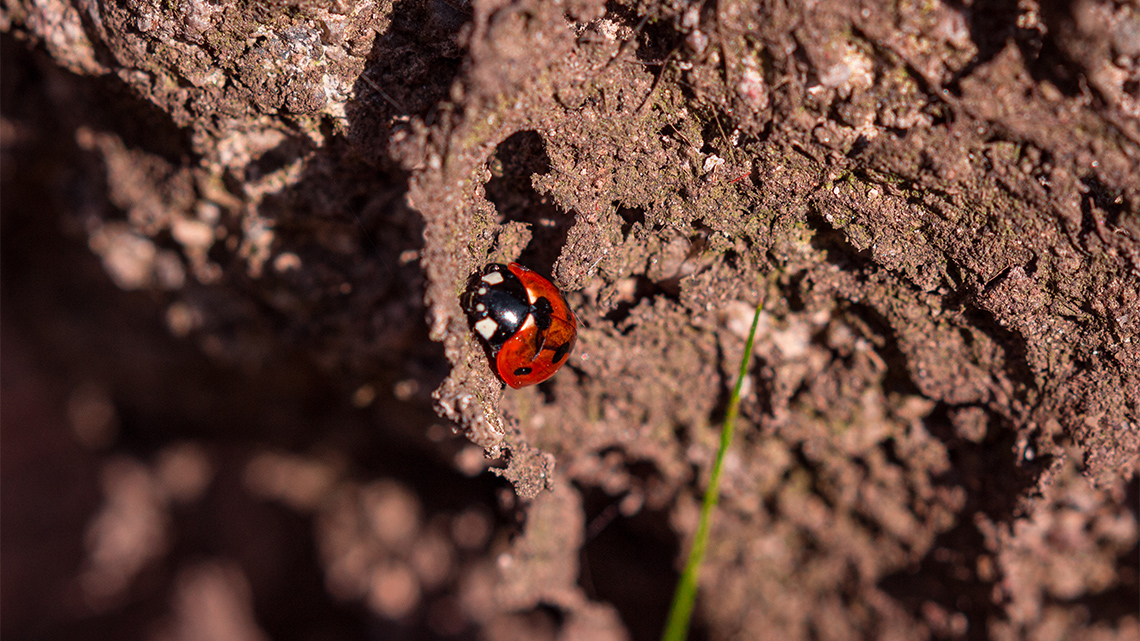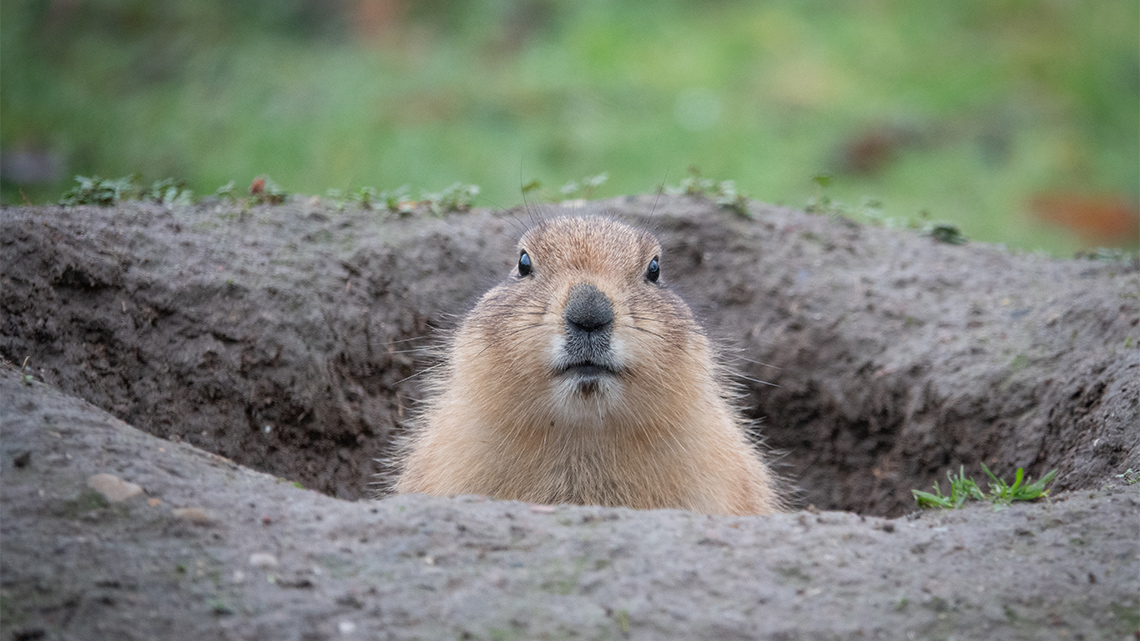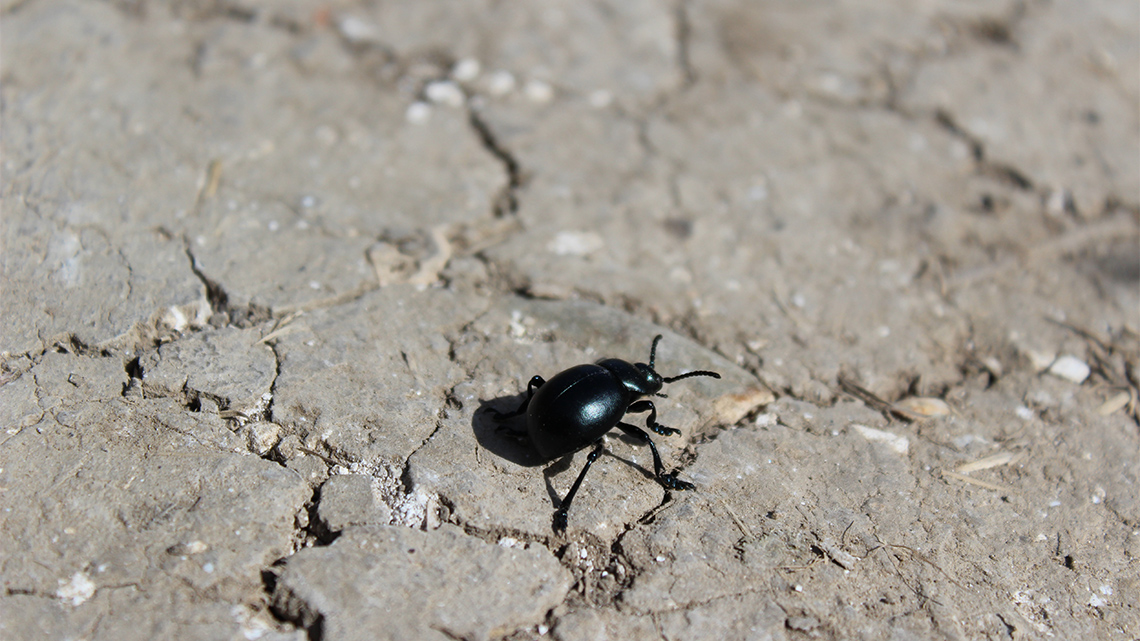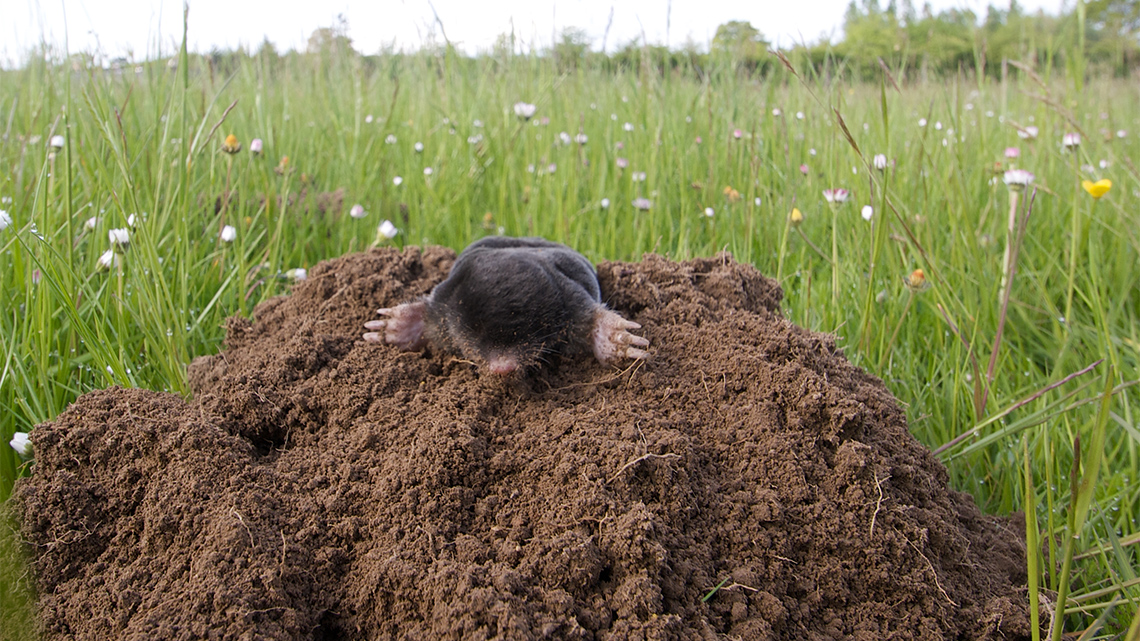Minds On
Soil
Humans need plants to survive. Soil gives plants the minerals and nutrients they need to grow. Soil is made up of living and non-living things!
Some of the non-living things in soil are pieces of rock or sand, clay, dead animals and plants, fungi, and even manure (animal poop).
Soil also has lots of little living creatures, such as earthworms. Earthworms are important for soil because they help the plant and animal matter become nutrients for plants.
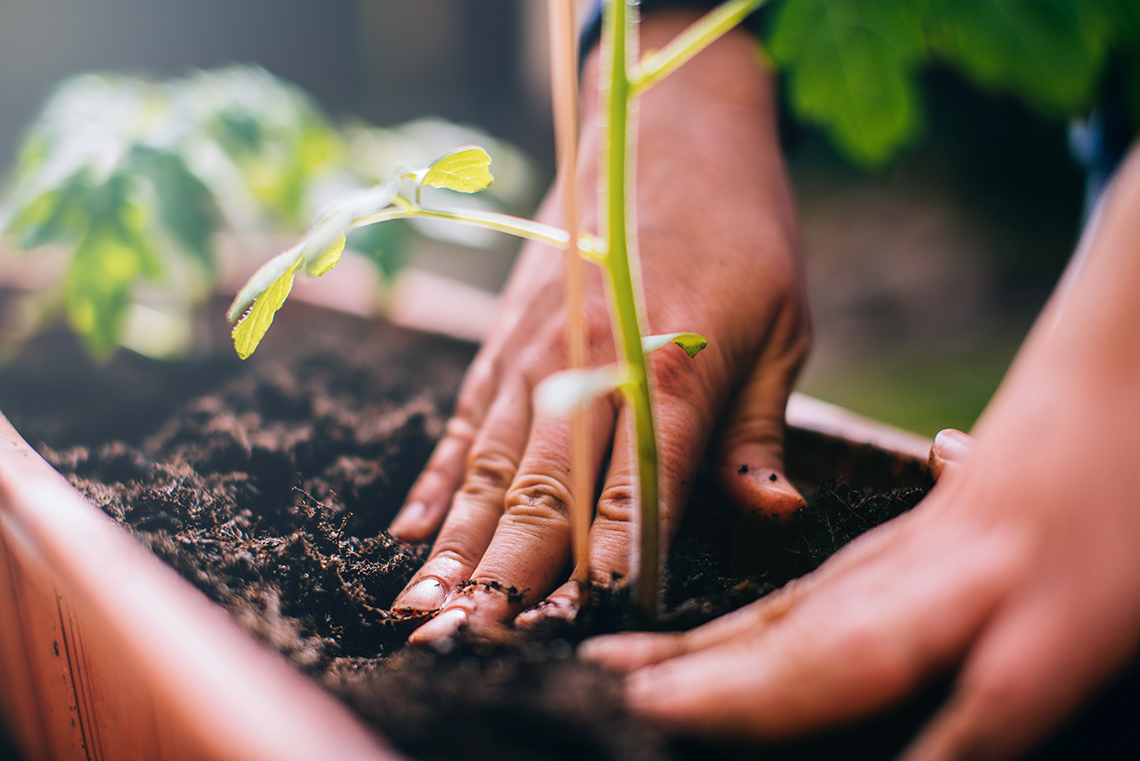
In this learning activity you will be exploring the advantages and disadvantages of different types of soil, including which are the best for growing plants and crops in Ontario. You will also be learning about the different animals and insects that rely on soil as their habitat.
Complete the Know, Wonder, Learned–Soil Chart in your notebook or using the following fillable and printable document. If you would like, you can use speech-to-text or audio recording tools to record your thoughts.
- In the K (know) section, record what you already know about soil.
- In the W (wonder) section, record questions you have about soil.
- For now, leave the L (learned) section blank. You will revisit it at the end!
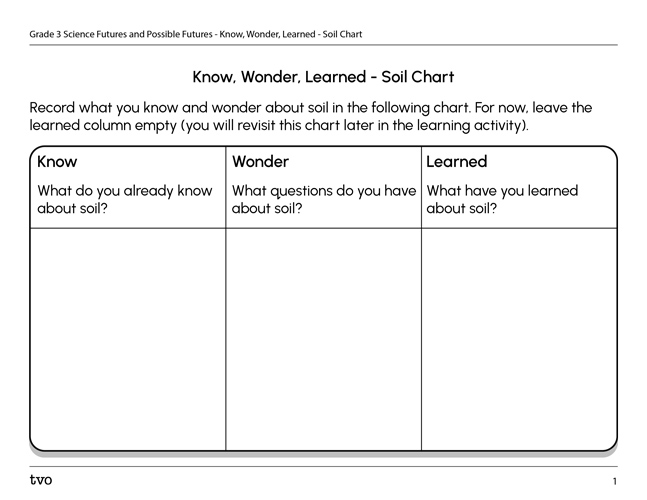
Press the Activity button to access the Know, Wonder, Learned–Soil Chart.
Activity (Open PDF in a new window)Action
Types of soil
There are many different types of soil!
All these soils have different advantages and disadvantages, or positives and negatives.
Press the following tabs to explore the different types of soil.
Sandy soil has small pieces of sand.
Sandy soil has large, grainy particles that do not stick together well. Sandy soil is good for water drainage. This means water moves through it instead of getting soaked up. Sometimes this makes it hard to grow plants. Sandy soil does not have a lot of nutrients or hold onto water that is needed to help the roots of a plant grow.
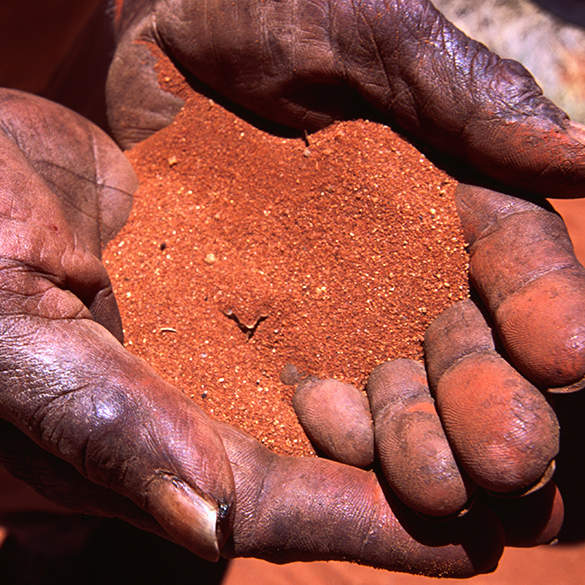
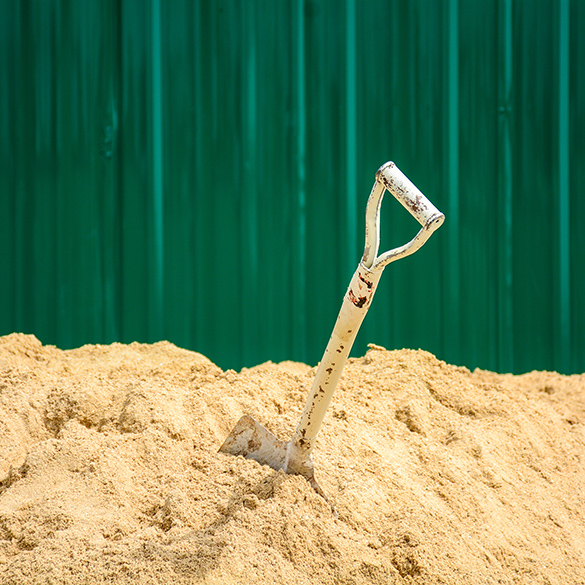
Silt soil is made of small rock pieces that are smaller than sand particles but bigger than clay particles.
Silt soil is smooth. It holds water better than sand soil does. Silt sand lets air and water get into the soil. It is often used for growing plants.
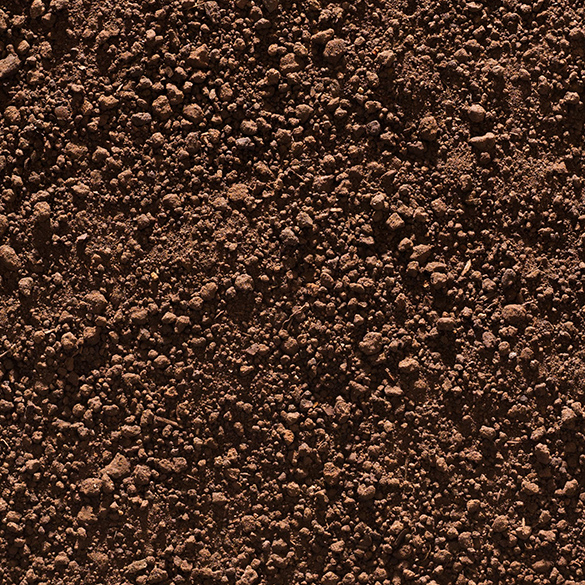
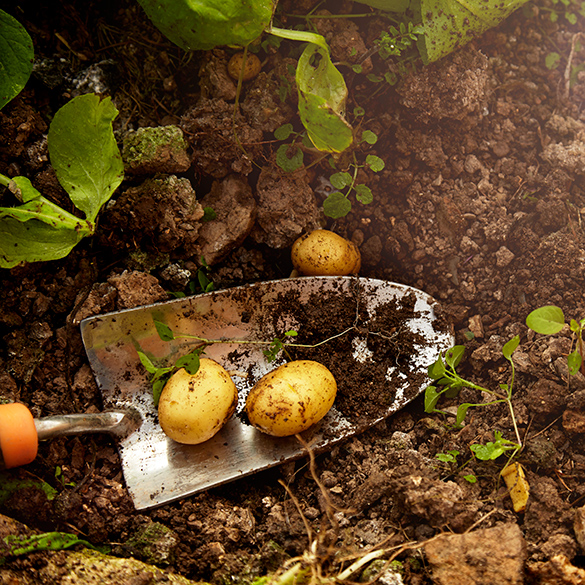
Clay soil can be red or grey. It is made up of tiny pieces of rock that are packed tightly together.
There is not a lot of space for air. The clay does not hold water because the water cannot pass through the tightly packed pieces of rock. Plants do not grow well because they have no room and water does not drain. Clay is very heavy and sticky. It is good for pottery and making sculptures.
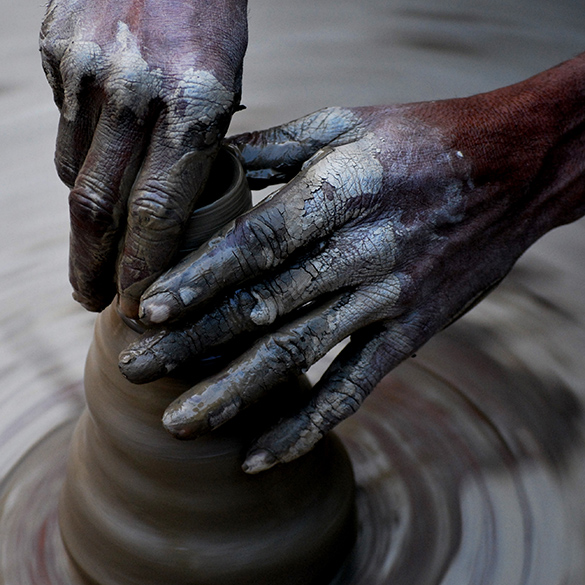
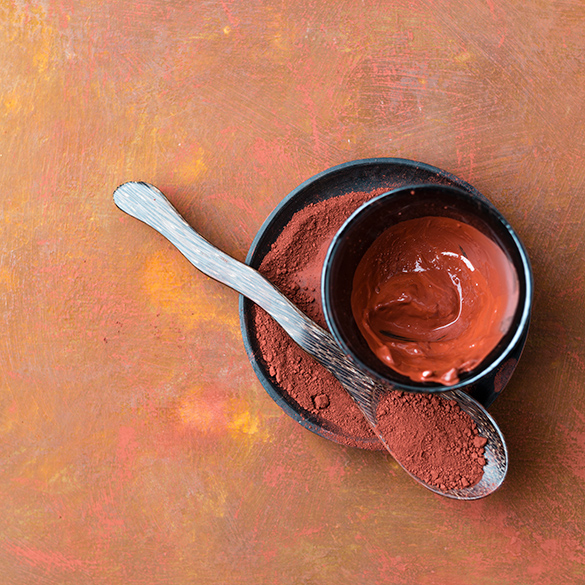
Loamy soil contains an equal amount of sand, silt, and clay. It has all the good things of all three soils put together.
Loamy soil is the best for growing plants. Loamy soil sticks together but also lets water get down to the roots. Water is absorbed and air can get into the roots which helps the plant grow.
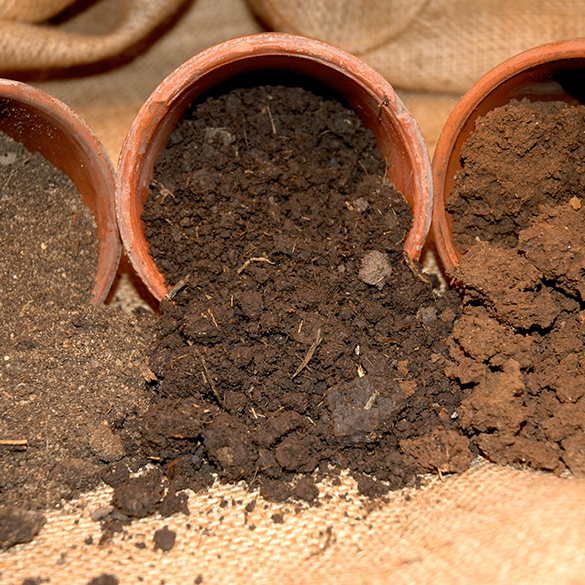
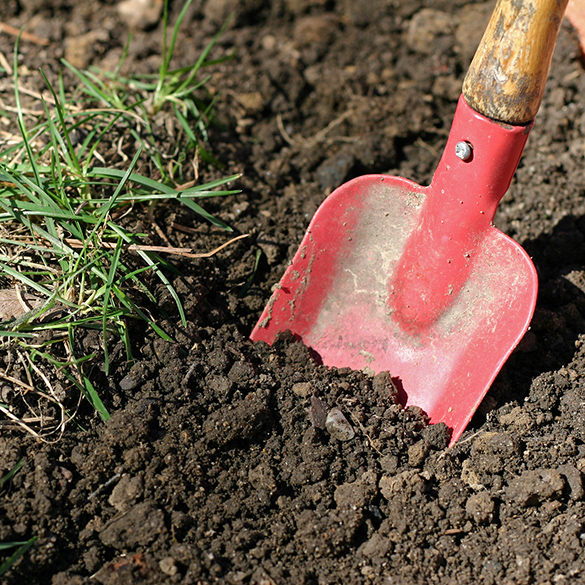
Check your learning!
For each soil type, select the corresponding advantage.
Pause and Reflect
Soil
Choose two types of soil from the previous matching activity.
What are the living and non-living parts of each soil that make it healthy?
Record a description using a method of your choice.
Soil in Ontario
Most of the soil in Ontario is called “Guelph Soil”. It is grey-brown in colour. It is good for growing hay, corn, and soybeans.

This map features the many soil types across the provinces and territories of Canada. In the north, there’s mostly Champagne soil in Yukon, Hay river soil in the Northwest Territories, and Cryosol soil in Nunavut. In the west, there’s mostly Branham soil in British Columbia, Breton soil in Alberta, and Weyburn soil in Saskatchewan. In the centre, there’s mostly Newdale soil in Manitoba, Guelph soil in Ontario, and Sainte-Rosalie soil in Québec. In the east, there’s mostly Holmesville soil in New Brunswick, Queens soil in Nova Scotia, Charlottetown soil in Prince Edward Island, and Cochrane soil in Newfoundland and Labrador.
Let’s experiment!
Does the type of soil matter to a plant’s development and growth? Let’s investigate.
Before you begin, record a prediction by answering the following questions:
- Will the type of soil (sand, silt, clay, loam) affect the growth of the plant?
- What type of soil do you think will be best for plant growth? Be sure to include a reason why you have chosen that type of soil.
Record your prediction using a method of your choice.
In this experiment, lettuce and soybean seeds were planted in four different pots of soil: potting soil (loam), sand, silt, and clay.
Explore the following images and descriptions that show the results of each plants growth after 2 and 3 weeks.



A box with four equal sections containing soil, sand, silt, and clay. Medium sized plants are growing out of the soil, larger plants are growing out of the sand, and smaller plants are growing out of the silt.

A box with four equal sections containing soil, sand, silt, and clay. Large plants are growing out of the soil, even larger plants are growing out of the sand, and smaller plants are growing out of the silt.
Press ‘Let’s Check’ to reveal a possible answer.
It seems as though the lettuce was growing the best in the potting soil (loam) and starting to sprout in the sand soil after three weeks. The soybean was growing in the potting soil, sand, and silt, but not the clay. It has grown taller in the sand and potting soil than in the silt. This means that I would consider potting soil, or sand, when planting lettuce or soybeans
The experiment followed the scientific experimentation process. Explore the experiment example organizer.
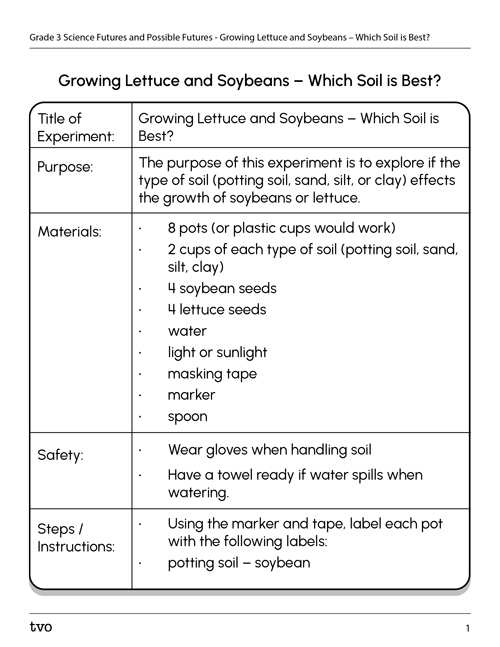
Press the Activity button to access the Growing Lettuce and Soybeans – Which Soil is Best?.
Activity (Open PDF in a new window)Your turn!
Design an experiment that would test if the type of soil affects how a plant grows. Use the following checklist to help guide your experiment design.
Designing a soil experiment checklist
As you design your experiment, make sure to include:
Complete the Designing a Soil Experiment Worksheet in your notebook or using the following fillable and printable document. You can also record your ideas using another method of your choice.
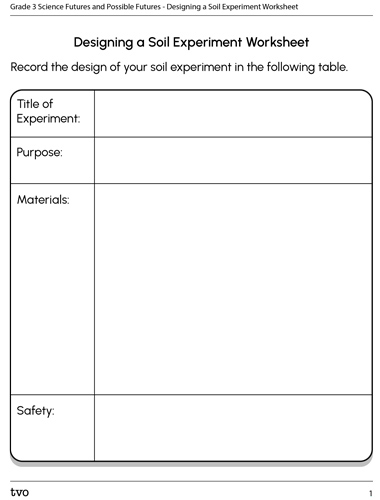
Press the Activity button to access the Designing a Soil Experiment Worksheet.
Activity (Open PDF in a new window)Press ‘Extension’ to reveal an option to extend your learning with your soil experiment design.
If possible, conduct your experiment and record your observations.
- Was your prediction correct?
- Does the type of soil affect the growth of the plant? How?
Animals in soil
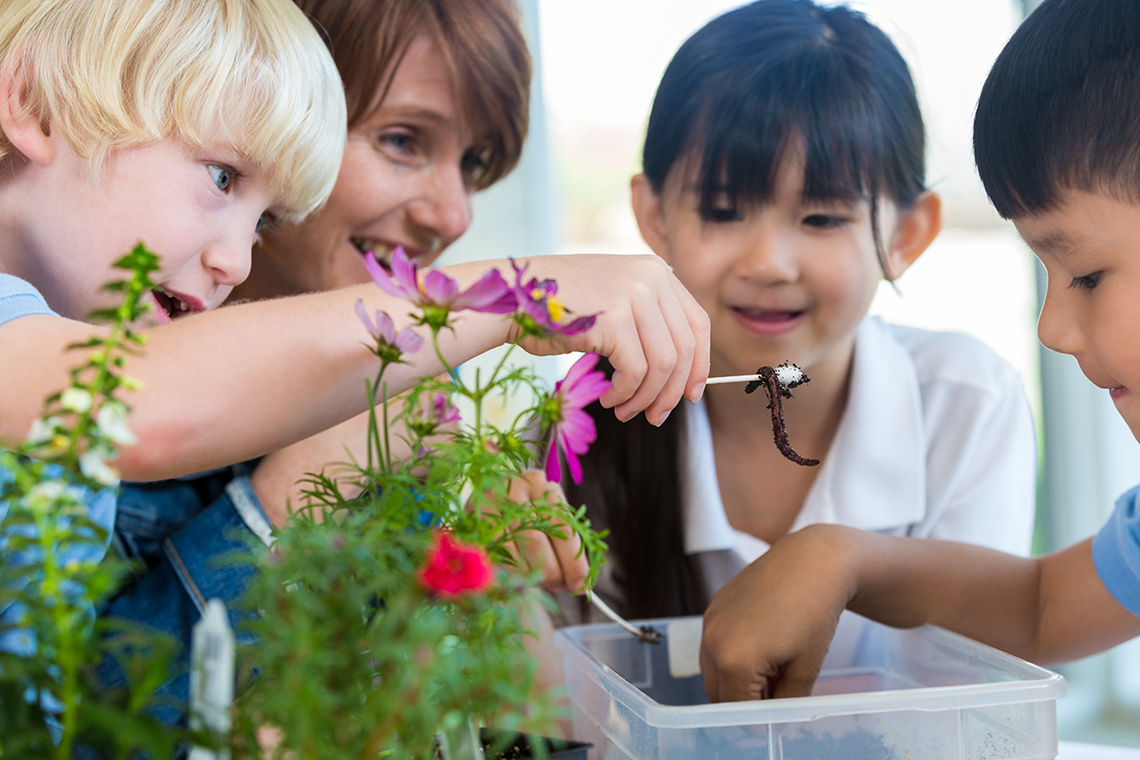
Soil is important for more than just plant growth because it is home to many animals and insects too! The living organisms in the soil need the non-living materials in the soil to survive. The non-living things in the soil need the living organisms to survive.
Since they need each other, they are interdependent. One example is an earthworm. The earthworm is a living organism that feeds on non-living organisms such as grass or leaves. Its manure (poop) goes back into the soil to give the soil more nutrients.
Press ‘Living Organism’ to reveal the definition for this word.
A living organism is a plant, animal, or human.
Brainstorm
Living organisms
What other living organisms do you think are in soil?
Record your brainstorm using a method of your choice.
Explore the following images of other organisms that are found in soil.
Pause and Reflect
Interdependence
What does the word “interdependence” mean? What does it mean when we are talking about soil?
Record your response using a method of your choice.
Press ‘Let’s Check’ to reveal a possible answer.
Interdependence means that two things need each other for survival. For example, an earthworm needs soil to survive. They feed on different parts of the soil. The soil needs the earthworm because it produces nutrients.
Consolidation
What have you learned about soil?
At the beginning of this learning activity, you began a Know, Wonder, Learned chart about soil. Revisit your Know, Wonder, Learned – Soil Chart now, and record what you have learned about soil using a method of your choice.

Check your understanding!
Select the correct answer, then press ‘Check Answer’ to see how you did.
Reflection
How do you feel about what you have learned in this activity? Which of the next four sentences best matches how you are feeling about your learning? Press the button that is beside this sentence.
I feel…
Now, record your ideas about your feelings using a voice recorder, speech-to-text, or writing tool.
